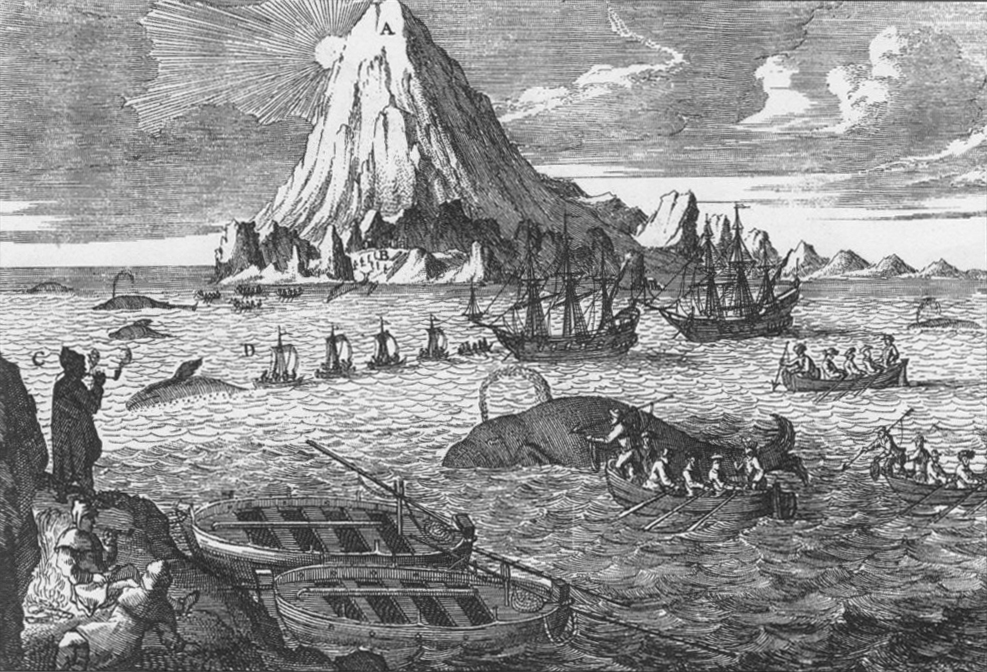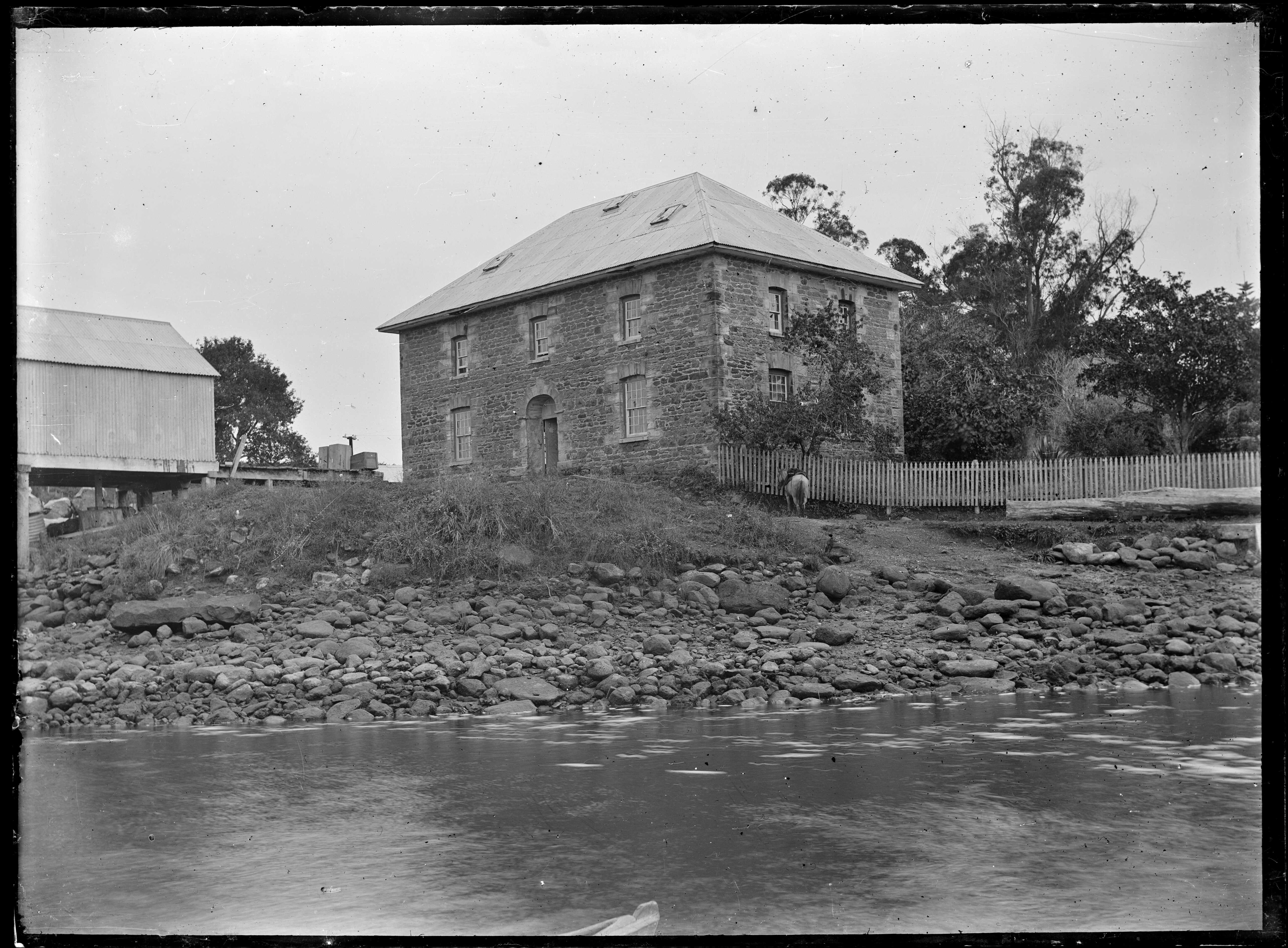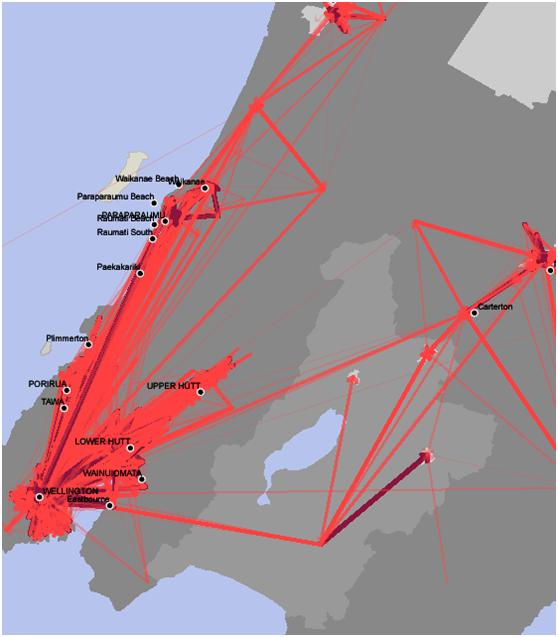|
Bluff, New Zealand
Bluff (), previously known as Campbelltown and often referred to as "The Bluff", is a town and seaport in the Southland region, on the southern coast of the South Island of New Zealand serving as the main port of Invercargill. It is the southernmost town in mainland New Zealand and, despite Slope Point and Stewart Island being further south, Bluff is colloquially used to refer to the southern extremity of the country (particularly in the phrase "from Cape Reinga to The Bluff"). According to the 2018 census, the resident population was 1,797, a decrease of 6 since 2013. The Bluff area was one of the earliest areas of New Zealand where a European presence became established. The first ship known to have entered the harbour was the ''Perseverance'' in 1813, in search of flax trading possibilities, with the first European settlers arriving in 1823 or 1824. This is the foundation for the claim [...More Info...] [...Related Items...] OR: [Wikipedia] [Google] [Baidu] |
Māori Language
Māori (; endonym: 'the Māori language', commonly shortened to ) is an Eastern Polynesian languages, Eastern Polynesian language and the language of the Māori people, the indigenous population of mainland New Zealand. The southernmost member of the Austronesian language family, it is related to Cook Islands Māori, Tuamotuan language, Tuamotuan, and Tahitian language, Tahitian. The Māori Language Act 1987 gave the language recognition as one of New Zealand's official languages. There are regional dialects of the Māori language. Prior to contact with Europeans, Māori lacked a written language or script. Written Māori now uses the Latin script, which was adopted and the spelling standardised by Northern Māori in collaboration with English Protestant clergy in the 19th century. In the second half of the 19th century, European children in rural areas spoke Māori with Māori children. It was common for prominent parents of these children, such as government officials, to us ... [...More Info...] [...Related Items...] OR: [Wikipedia] [Google] [Baidu] |
South Island
The South Island ( , 'the waters of Pounamu, Greenstone') is the largest of the three major islands of New Zealand by surface area, the others being the smaller but more populous North Island and Stewart Island. It is bordered to the north by Cook Strait, to the west by the Tasman Sea, to the south by the Foveaux Strait and Southern Ocean, and to the east by the Pacific Ocean. The South Island covers , making it the List of islands by area, world's 12th-largest island, constituting 56% of New Zealand's land area. At low altitudes, it has an oceanic climate. The most populous cities are Christchurch, Dunedin, Nelson, New Zealand, Nelson and Invercargill. Prior to European settlement, Te Waipounamu was sparsely populated by three major iwi – Kāi Tahu, Kāti Māmoe, and the historical Waitaha (South Island iwi), Waitaha – with major settlements including in Kaiapoi Pā near modern-day Christchurch. During the Musket Wars expanding iwi colonised Te Tau Ihu Māori, Te Tau Ihu, ... [...More Info...] [...Related Items...] OR: [Wikipedia] [Google] [Baidu] |
Whaling
Whaling is the hunting of whales for their products such as meat and blubber, which can be turned into a type of oil that was important in the Industrial Revolution. Whaling was practiced as an organized industry as early as 875 AD. By the 16th century, it had become the principal industry in the Basque coastal regions of Spain and France. The whaling industry spread throughout the world and became very profitable in terms of trade and resources. Some regions of the world's oceans, along the animals' migration routes, had a particularly dense whale population and became targets for large concentrations of whaling ships, and the industry continued to grow well into the 20th century. The depletion of some whale species to near extinction led to the banning of whaling in many countries by 1969 and to an international cessation of whaling as an industry in the late 1980s. Archaeological evidence suggests the earliest known forms of whaling date to at least 3000 BC, practiced by the ... [...More Info...] [...Related Items...] OR: [Wikipedia] [Google] [Baidu] |
Hill
A hill is a landform that extends above the surrounding terrain. It often has a distinct summit, and is usually applied to peaks which are above elevation compared to the relative landmass, though not as prominent as Mountain, mountains. Hills fall under the category of slope landforms. Terminology The distinction between a hill and a mountain is unclear and largely subjective, but a hill is universally considered to be not as tall, or as Grade (slope), steep as a mountain. Geographers historically regarded mountains as hills greater than above sea level. In contrast, hillwalkers have tended to regard mountains as peaks above sea level. The ''Oxford English Dictionary'' also suggests a limit of and Whittow states "Some authorities regard eminences above as mountains, those below being referred to as hills." Today, a mountain is usually defined in the UK and Ireland as any summit at least high, while the UK government's Countryside and Rights of Way Act 2000 defined mou ... [...More Info...] [...Related Items...] OR: [Wikipedia] [Google] [Baidu] |
Otago Daily Times
The ''Otago Daily Times'' (''ODT'') is a newspaper published by Allied Press Ltd in Dunedin, New Zealand. The ''ODT'' is one of the country's four main daily newspapers, serving the southern South Island with a circulation of around 26,000 and a combined print and digital annual audience of 304,000. Founded in 1861 it is New Zealand's oldest surviving daily newspaper – Christchurch's '' The Press'', six months older, was a weekly paper until March 1863. Its motto is "Optima Durant" or "Quality Endures". History Founding The ''ODT'' was founded by William H. Cutten and Julius (later Sir Julius) Vogel during the boom following the discovery of gold at the Tuapeka, the first of the Otago goldrushes. Co-founder Vogel had learnt the newspaper trade while working as a goldfields correspondent, journalist and editor in Victoria prior to immigrating to New Zealand. Vogel had arrived in Otago in early October 1861 at the age of 26 and soon took up employment at the ''Otago Colonis ... [...More Info...] [...Related Items...] OR: [Wikipedia] [Google] [Baidu] |
Stirling Point
Stirling Point is a landmark at the southern end of the New Zealand suburb of Invercargill called Bluff, New Zealand. It is notable as the southern end of both State Highway 1 and Te Araroa; both these facilities span the length of the country. Stirling Point hosts a signpost with multiple directional signs; it is one of the most photographed items in Southland. Stirling Point has an anchor chain sculpture which replicates the sculpture on Stewart Island. Captain William Stirling The site is named for Captain Stirling (1812–1851) who operated a whaling station for Johnny Jones in this location from 1836 to 1844 when he took on the site's ownership. Stirling, whose real name is believed to be Pankhurst or Pankhirst, was born in Broadstairs, England and ran away to become a seafarer when he was aged 14. Stirling Point signpost The Stirling Point signpost was first erected in 1960. The original wooden signpost had six destination blades including Dog Island, Ruapuke Isl ... [...More Info...] [...Related Items...] OR: [Wikipedia] [Google] [Baidu] |
New Zealand State Highway 1
State Highway 1 (SH 1) is the longest and most significant road in the New Zealand state highway network, New Zealand road network, running the length of both main islands. It appears on road maps as SH 1 and on road signs as a white number 1 on a red shield, but it has the official designations SH 1N in the North Island, SH 1S in the South Island. SH 1 is long, in the North Island and in the South Island. Since 2010 new roads have reduced the length from . For the majority of its length it is a two-lane single carriageway, with At-grade intersection, at-grade intersections and property accesses, in both rural and urban areas. These sections have some passing lanes. Around of SH 1 is of motorway or expressway standard : in the North Island and in the South Island. Route North Island (SH 1N) SH 1 starts at Cape Reinga, at the northwestern tip of the Aupōuri Peninsula, and since April 2010 has been sealed road, sealed (mainly with either chipseal or asphalt concrete, as ... [...More Info...] [...Related Items...] OR: [Wikipedia] [Google] [Baidu] |
Main South Line
The Main South Line, sometimes referred to as part of the South Island Main Trunk Railway, is a railway line that runs north and south from Lyttelton, New Zealand, Lyttelton in New Zealand through Christchurch and along the east coast of the South Island to Invercargill via Dunedin. It is one of the most important railway lines in New Zealand and was one of the first to be built, with construction commencing in the 1860s. At Christchurch, it connects with the Main North Line, New Zealand, Main North Line to Picton, New Zealand, Picton, the other part of the South Island Main Trunk. Construction Construction of the Main South Line falls into two main sections: from Christchurch through southern Canterbury, New Zealand, Canterbury to Otago's major city of Dunedin; and linking the southern centres of Dunedin and Invercargill, improving communication in southern Otago and large parts of Southland, New Zealand, Southland. Construction of the first section of the line began in 1865 ... [...More Info...] [...Related Items...] OR: [Wikipedia] [Google] [Baidu] |
Bluff Branch
The Bluff Branch, officially the Bluff Line since 2011, is a railway line in Southland, New Zealand that links Invercargill with the port of Bluff. One of the first railways in New Zealand, it opened on 5 February 1867 and is still operating. Presently, it essentially functions as an elongated industrial siding. Construction In the early days of New Zealand's colonisation, transport between Bluff and Invercargill was through sometimes impassable swampy terrain. Construction of a road to Bluff (called Campbelltown until March 1917) was approved by the Otago Provincial Council in 1859, but the swamp defeated the builders. Southland Province split from Otago in 1861, partially over disputes over infrastructure spending. The new council under Superintendent James Menzies considered a railway as an alternative to the road. In November 1862 the provincial council decided on building the "Bluff Harbour & Invercargill Railway". On 8 August 1863 "Lady Barkly", the first locomotiv ... [...More Info...] [...Related Items...] OR: [Wikipedia] [Google] [Baidu] |
Kerikeri
Kerikeri () is a town in the Bay of Islands, in the Far North District of the North Island of New Zealand. It lies at the head of Kerikeri Inlet, a northwestern arm of the Bay of Islands, where fresh water of the Kerikeri River enters the Pacific Ocean. It is sometimes called the Cradle of the Nation, as it was the site of the first permanent Christian mission station in the country, and has some of the oldest buildings in the country. It is a rapidly expanding centre of subtropical and allied horticulture. Naming The missionaries who established the settlement of Kerikeri initially called it Gloucester Town, but this name did not see continued use. The etymology of ''Kerikeri'' is unknown with several origins suggested; one possible origin is from the Māori language verb meaning 'to dig'. History In , Ngāpuhi conquered the area from another iwi (tribe). In 1814, Samuel Marsden acquired land at Kerikeri from Hongi Hika for the use of the Church Missionary Society for ... [...More Info...] [...Related Items...] OR: [Wikipedia] [Google] [Baidu] |
Flax In New Zealand
New Zealand flax describes the common New Zealand perennial plants ''Phormium tenax'' and '' Phormium colensoi'', known by the Māori names ''harakeke'' and ''wharariki'' respectively. Although given the common name 'flax' they are quite distinct from the Northern Hemisphere plant known as flax (''Linum usitatissimum''). ''P. tenax'' occurs naturally in New Zealand and Norfolk Island, while ''P. colensoi'' is endemic to New Zealand. They have played an important part in the cultural and economic history of New Zealand for both the Māori people (who adapted earlier Polynesian traditions of pandanus weaving otherwise unproductive in a colder climate) and the later European settlers. Both species and their cultivars have now been widely distributed to temperate regions of the world as ornamental garden plants – and to lesser extent for fibre production. __TOC__ Traditional Māori uses Textiles Although the Māori made textiles from a number of other plants, including tī ... [...More Info...] [...Related Items...] OR: [Wikipedia] [Google] [Baidu] |
Statistics New Zealand
Statistics New Zealand (), branded as Stats NZ, is the public service department of New Zealand charged with the collection of statistics related to the economy, population and society of New Zealand. To this end, Stats NZ produces New Zealand census, censuses and surveys. Organisation The organisation's staff includes statisticians, mathematicians, computer science specialists, accountants, economists, demographers, sociologists, geographers, social psychologists, and marketers. Stats NZ is divided into seven organisational subgroups, each managed by a Deputy Government Statistician: * Macro-economic and Environment Statistics studies prices, and national accounts, develops macro-economic statistics, does government and international accounts, and Australian and New Zealand Standard Industrial Classification, ANZSIC 06 implementation (facilitating changeover to new classification code developed jointly with Australian statistics officials.) * Social and Population Statistics st ... [...More Info...] [...Related Items...] OR: [Wikipedia] [Google] [Baidu] |






